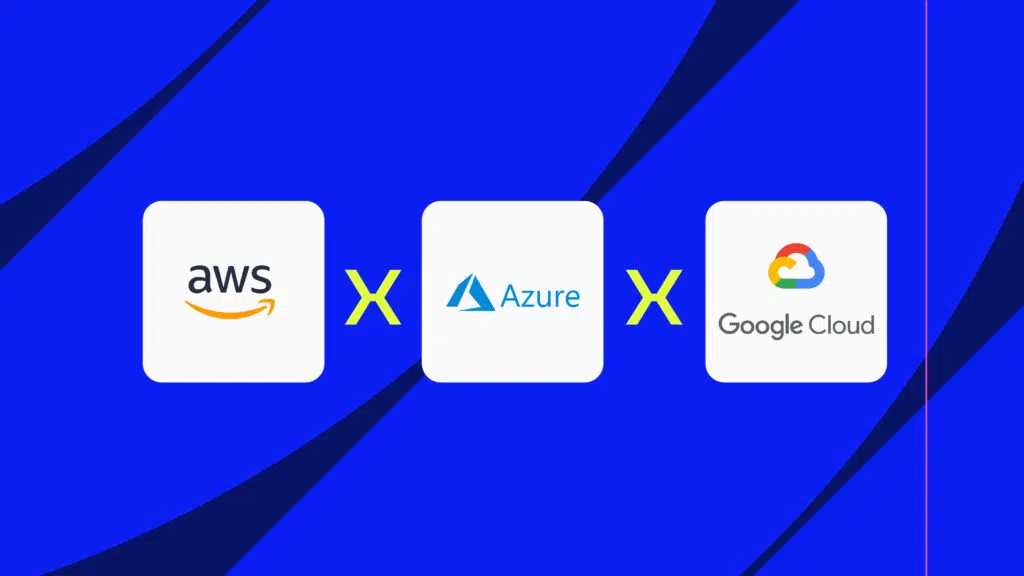SAP Business One solutions in the cloud are attractive because of their ease of use and low initial capital investment. See why migrating to the cloud now can give your business the boost it needs
Cloud computing is one of the hottest topics in business today. The adoption of cloud applications is expected to continue to grow in the coming years and become the enterprise standard . The adoption of SAP in the cloud also enters into this.
But what are the reasons why small and medium-sized companies have migrated their SAP ERP systems to the cloud? What are the main steps in this process?
Interested? We have the answers to these questions. Enjoy and learn all about SAP Business One in the cloud !
Benefits of SAP B1 in the cloud
SAP is an ERP software that combines various business functions of your company. This includes key areas such as finance, operations, sales, inventory and customer relationship management.
The software is quite different from all other ERP solutions available on the market, especially for small and medium-sized companies. This is because it is a single application – which makes it easier to use and helps processes to be carried out in a unified way. But why use the cloud version and not the local one, hosted at the company?
Here are some of the reasons why many companies choose to move to the cloud or directly implement SAP in the cloud:
1. Reduction of infrastructure costs
If you're always worrying about hardware and network upgrades, now's a great time to consider moving to the cloud. Why reinvest in additional hardware and infrastructure when you can pay monthly for your SAP cloud provider to take the upfront cost and headache away from you?
The traditional ERP system required a huge investment as servers, switches, computers and some unexpected costs were too high. These, can be completely eliminated with cloud based ERP system.
The cloud system follows the “pay as you go” , which means that you can eliminate all upfront capital costs — that’s because you only pay for what you consume
Not only are hardware costs eliminated, SAP in the cloud can eradicate server maintenance fees as well, which lessens the burden on IT.
2. Ongoing cost of ownership
Yes, if you migrate to the cloud, you will pay a fixed monthly price for access, licenses, backups, etc. This amount should be weighed against the ongoing costs associated with upgrading your existing on-premise system and infrastructure.
Even for on-premises solutions, there is ongoing maintenance required—think hardware upgrades and support contracts, for example—that can cause your costs to vary wildly from month to month. With SAP in the cloud, on the other hand, costs are fixed and predictable throughout your contract.
3. Access to computing power
Moving to the cloud will give your company access to computing power that was previously reserved for the big players. But what does that mean in practice? You have to think that technology is changing quickly — mobility, Artificial Intelligence, IoT, Business Intelligence. All of the aforementioned are developing and becoming common practice in the work environment.
If you want to take advantage of these technological advancements, you'll need additional computing power. That's what the cloud gives you, providing the small business owner with the same type of technology that the big business uses.
4. A more agile environment
A cloud environment lets you add and subtract users as needed — like the “pay as you go” , you only pay the cost of new users, and don't have to worry about adding infrastructure and networking tied to an online system. premise.
Furthermore, cloud-based ERP systems are much more flexible than traditional ERP systems. Not only that, but the cloud also encourages innovation. It helps replicate a development and production process faster, which facilitates research and innovation without disrupting the company's operation.
5. Increased security
Much has been published about cloud security . Choose the right cloud provider, such as AWS, Google, etc., for example, and your Cloud ERP environment will be as secure as an on-premises ERP implementation.
Security is even greater when we think about data recovery. In traditional ERP systems, there is always the risk of completely losing data and not having an efficient and/or adequate backup routine for the company's process. Cloud ERP removes this problem because the systems have redundancy, which means data is placed in two or more places.
Therefore, if something is lost from one position, the data will be stored in another location. This is also what allows you to access your system from any device, not just those connected to the company network.
SAP: Steps When Migrating to the Cloud
Now that we know the advantages of migrating to the cloud, let's analyze the steps to carry out the migration without experiencing any problems.
checking compatibility
Different cloud-based platforms support different versions of SAP applications. You need to check in advance that your solution is compatible with the proposed cloud in terms of SAP system, operating system and database software .
Choosing the right size
Cloud platforms offer various sizes of storage space. To get the exact size of your migrated system, you must know the number of users, databases and resource consumption required for each SAP system or you can simply apply the average utilization (this gives you the size you currently need and the capacity to grow in the future).
choosing the location
Cloud servers can be located anywhere in the world (Europe, North America, Asia, etc.). Choose the closest and most appropriate location for your system to migrate to the cloud, taking into account wide area network costs.
choosing services
It is also necessary to choose the appropriate support for your SAP product. There are three classes of service, namely: entry service (a minimal set, recommended for isolated projects), development service (supports the application from the beginning of its development until the moment it is transmitted) and complete service (a set support needed for better system management).
planning and budget
The next step is to determine what to move first and what strategy to follow to make the migration as smooth as possible. SAP Business One scenario and, based on the data obtained, prepare your budget.
Testing SAP Business One in the Cloud
So if your solutions are running on operating systems or databases that are unavailable in clouds, they should be changed and retested. This point is significant as it can contribute to your migration timeline and final costs.
Cleaning
Prior to migration, the system must be cleaned of inconsistent and corrupted data, unreadable files, and other rarely used data. They can be archived and removed. This will simplify the migration to a great extent.
Building such an application and migrating to the cloud can take a lot of time, especially for SMEs. Hiring competent professionals, redesigning the system, coding and testing everything requires a certain heavy investment.
However, these steps can be simplified by using a migration platform. It will take care of all the settings and scale your application without you having to lift a finger – and best of all, in less than 24 hours.
Interested? Get to know some of our case and see in practice how the process of migrating to the cloud can be simplified!




